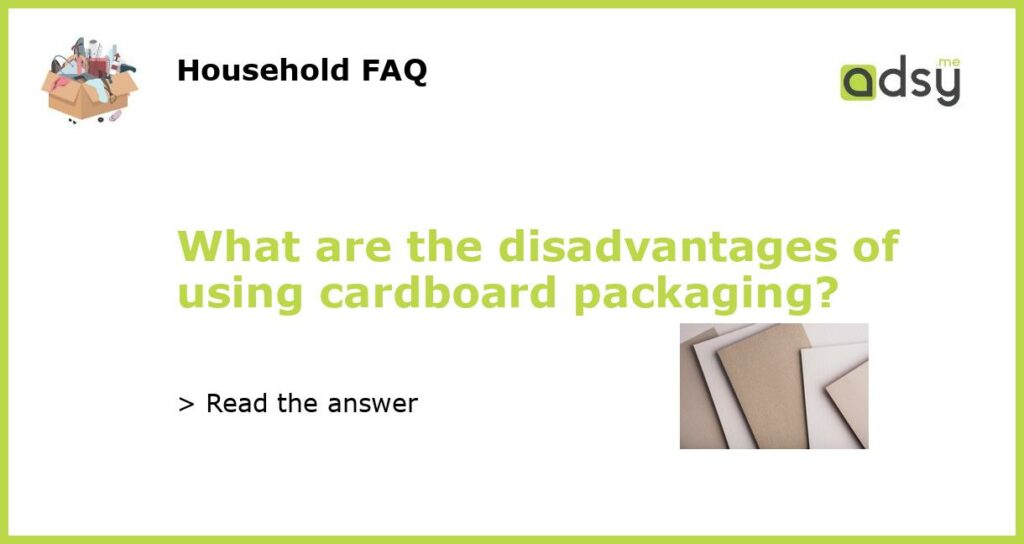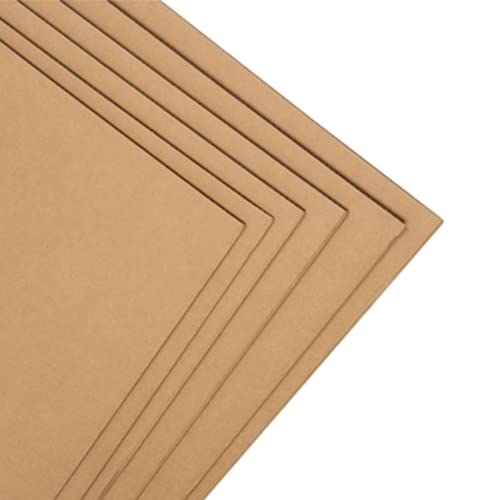The Downsides of Using Cardboard Packaging
When it comes to packaging materials, cardboard is prevalent, environmentally friendly, and practical. However, it has its disadvantages, as with everything else in life. In this article, we’re going to explore some of the downsides of using cardboard packaging.
Highly Moisture Sensitive
Cardboard is a highly moisture-sensitive material. It can easily become wet or waterlogged if exposed to moisture, which can devalue the product inside. This is especially true if the product is packaged for an extended period, such as during transit across the supply chain.
Additionally, if the product is a food item, the moisture can seep into the packaging, leading to bacterial growth, spoilage, or even hazardous conditions. If a product needs protection from moisture, cardboard may not be the best option due to its susceptibility to absorb moisture.
Might Not Be Cost-Effective
While cardboard is relatively inexpensive when purchased in bulk, the same may not be true in the long run. If a company requires specialized cardboard packaging, such as high-end graphic printing or a custom shape, the cost of production increases significantly.
The cost of future machine maintenance and operation can also go up if a manufacturer needs specialized machines to produce specific types of cardboard packaging. In some cases, companies may end up incurring more costs using cardboard packaging, even though it seems like the cheapest option at first.
Prone to Damage During Transit
Another disadvantage of using cardboard packaging is its susceptibility to damage during transit. While cardboard packaging is relatively strong, it can only take so much abuse during transit, whether it be from rough handling, vibrations, or unexpected drops.
Products packaged in cardboard materials are more likely to sustain damage during transit, which can lead to customer returns or replacement, which can hurt a company’s reputation and bottom line. If a company routinely sells fragile products, they may need to consider using sturdier packaging materials, like plastic or metal.
Not Always Environmentally Friendly
While cardboard is often touted as an eco-friendly packaging option, it still has its drawbacks. Cardboard production requires large amounts of water, energy and other consumable resources, which can be detrimental to the environment if not correctly managed.
Additionally, the recycling process of cardboard isn’t as efficient as people usually think. Cardboard needs to be broken down, de-inked, and sorted before it can be used to make other products. The transportation of recycled cardboard across long distances also requires a considerable amount of energy, adding to the carbon footprint.





